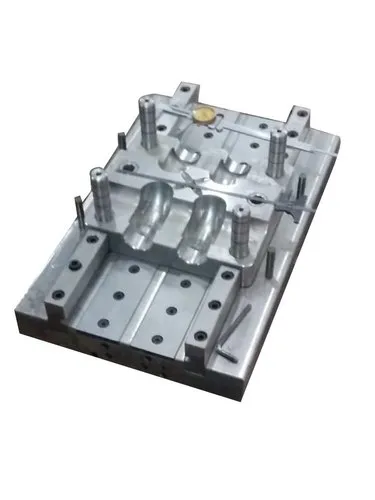Sure! Here’s a step-by-step explanation of the Extrusion Blow Moulding (EBM) process, which is commonly used to manufacture hollow plastic parts like bottles and containers.
Extrusion Blow Moulding Process: Step-by-Step
1. Plastic Melting (Extrusion)
Raw material, typically in the form of plastic pellets (e.g., HDPE, PP), is fed into a hopper.
The pellets are moved through a heated barrel by a rotating screw.
As the plastic moves along the screw, it is melted by friction and external heaters to form a viscous molten polymer.
2. Parison Formation
The molten plastic is pushed through a die head, forming a hollow tube of plastic called a parison.
The parison is extruded vertically between two halves of an open mold.
3. Mold Closing
The mold halves close around the parison, sealing the bottom end and preparing for inflation.
The mold contains the cavity shape of the final product.
4. Inflation (Blow Moulding)
A blow pin or needle is inserted into the open end of the parison.
Compressed air is blown into the parison, causing the molten plastic to expand and conform to the shape of the mold cavity.
5. Cooling
The molded plastic part is cooled within the mold, either through water channels in the mold or ambient air.
Cooling solidifies the plastic, allowing it to retain the shape of the mold.
6. Mold Opening and Ejection
Once sufficiently cooled and solidified, the mold opens.
The finished product (e.g., bottle or container) is ejected from the mold.
7. Trimming and Finishing
Excess plastic (flash) from the top, bottom, or along mold lines is trimmed off.
Additional processes like printing, labeling, or quality checks may follow.
Applications
Extrusion Blow Moulding is widely used to manufacture:
Plastic bottles (e.g., milk jugs, shampoo bottles)
Fuel tanks
Automotive ducts
Containers for household and industrial use
Advantages
Economical for high-volume production
Suitable for a wide range of plastics
Capable of producing complex, hollow shapes
Limitations
Limited precision compared to injection molding
Wall thickness may vary
Not ideal for small, intricate parts


